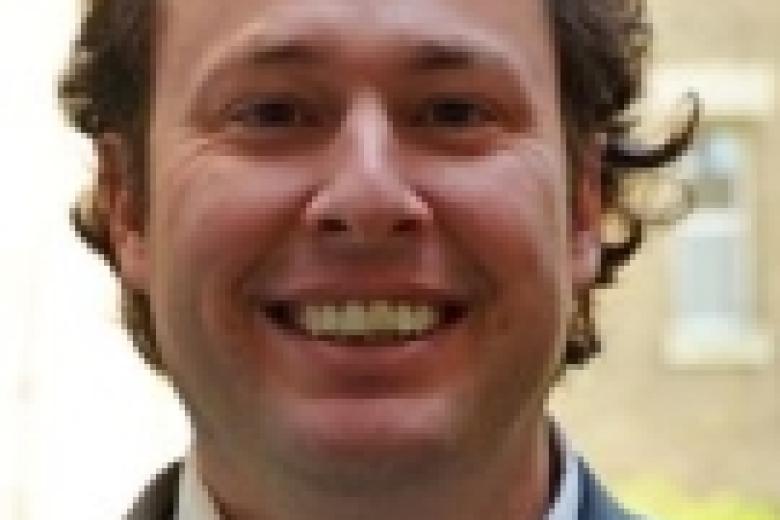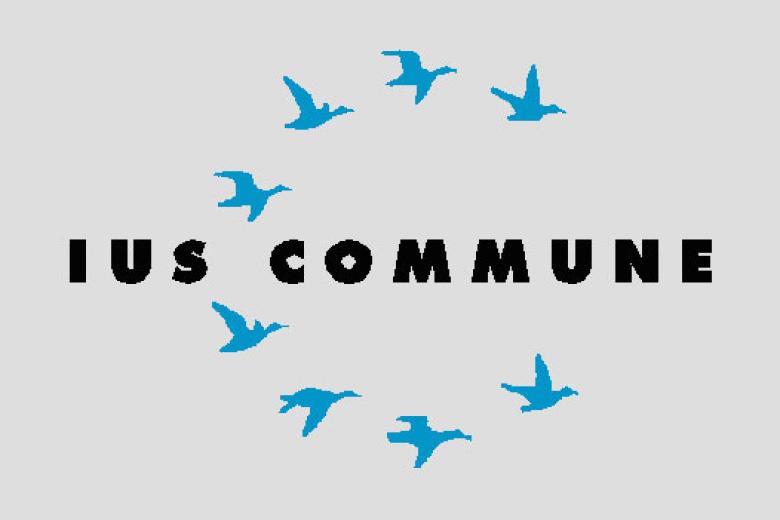A Great Divide in Legal History
Kaleidoscopic approaches to legal history can only be beneficial, serving as means to enhance collaboration and further disciplinary development. Advocates for a blended approach to legal history leave behind strict disciplinary boundaries and call for interdisciplinary efforts. They seek to find a disciplinary meeting room to share experiences and best practices, and hence to be able to further develop the study of law across time.
Monodisciplinary scholars have nurtured a Great Divide in legal history. These scholars have traditionally approached legal history with a “label” indicating they came either from law or from history, many times taking watertight positions. A watertight position when approaching legal history has ruled this discipline already for decades. Change is being sensed only in recent decades, it should be noted.
Scholars holding law degrees tend to approach legal history by assuming a watertight position. In spaces such as Europe and Latin America, the approach to legal history is undertaken mainly by scholars trained in law faculties. There, the great masters in the field are based at law faculties and devote special care to the study of legal doctrine and concepts. Courses are taught within the curricula of law, and the output is published in law journals. Great masters engage in academic networks generally within national borders.
Scholars holding history degrees likewise tend to approach legal history by assuming a watertight position. In spaces such as the United States of America, the approach to the field is undertaken mainly by scholars trained in social sciences faculties (beyond law). There, great masters are based in history departments, with few courses being taught at law faculties. These scholars devote special care to the study of the broad historical context for law, unveiling the traits of social phenomena. Their output is placed in specialized journals, many times in social sciences (beyond law). Great masters tend to engage in academic networks within and beyond national borders.
Watertight positions, both from lawyers and historians, deprive the discipline from the possibility of fully blossoming within the current scientific context. Those positions can deaccelerate the circulation of methods and best practices, hence affecting the development of networks on specific areas of study. Watertight positions can fence out newcomers. There the Great Divide is palpable: scholars label themselves as coming either from law or from history. That means that scholars must stick to their own side. They “cannot” attend conferences in the other discipline, and they “cannot” engage in academic dialogue with otherness.
There is a need to move forward. Everyone could benefit from a revaluation of the monodisciplinary approach. Interdisciplinary scholars tend to leave behind the archaic view that calls for the labelling of historians or jurists when looking at the law in the past. There are ways to change and leave behind the Great Divide in legal history. There are ways to bring together the tools and the expertise of the historian and the lawyer. Scholars need to allow themselves to investigate other disciplines, to leave behind their comfort zones.
Some areas are more receptive of interdisciplinarity. For example, comparative legal history offers a fertile ground for interdisciplinary approaches, a ground to erode the foundations of the Great Divide. Comparative legal historians benefit from the techniques and approaches used in both comparative law and legal history, and they can move forward. The blending of disciplines–such as the one mentioned here–can take place in different ways, with for example, literature, economics, geography, and anthropology.
The labelling to a strict disciplinary boundary should be reconsidered, and when suitable, should be left behind! Indeed, blending can serve as a kaleidoscope to study law and other social phenomena. After all, collaboration is of the essence, and it offers a playfield for everyone to learn from each other.
Agustín Parise explores lessons to be learned from engaging in academic legal research.
A. Parise
Agustín Parise (Buenos Aires, Argentina) is Associate Professor of Law at the Faculty of Law of Maastricht University. He received his degrees of LL.B. (abogado) and LL.D. (doctor en derecho) at Universidad de Buenos Aires (Argentina), where he was Lecturer in Legal History during 2001-2005. He received his degree of LL.M. at Louisiana State University Law Center (USA), where he was Research Associate at the Center of Civil Law Studies during 2006-2010.

-
The Decennial Jubilee of Ius Commune in the Making
On 27 November 2025, the tenth edition of the workshop series on Ius Commune in the Making took place within the 29th Ius Commune Conference organised by the University of Amsterdam. This blog entry reproduces a public address by one of the members of the organising committee of that workshop series...

-
Overriding Mandatory Rules in International Arbitration: Balancing Business Freedom and State Interests
Imagine two companies from different countries enter a business deal. They pick a neutral country’s law to govern their contract and agree to arbitrate any disputes, thinking they can sidestep each other’s national courts. But what if one country’s law absolutely prohibits something in the deal –...

-
What is coercion?
According to classic economic thinking—and to common sense—if two parties agree to a deal, both are made better off, otherwise they would not have agreed. This idea is also reflected in contract law, at least in its basic form, treats consent as the cornerstone of a valid contract. If both sides say...
